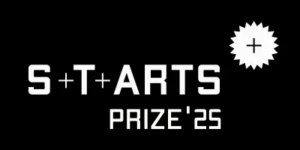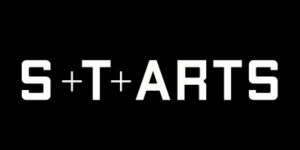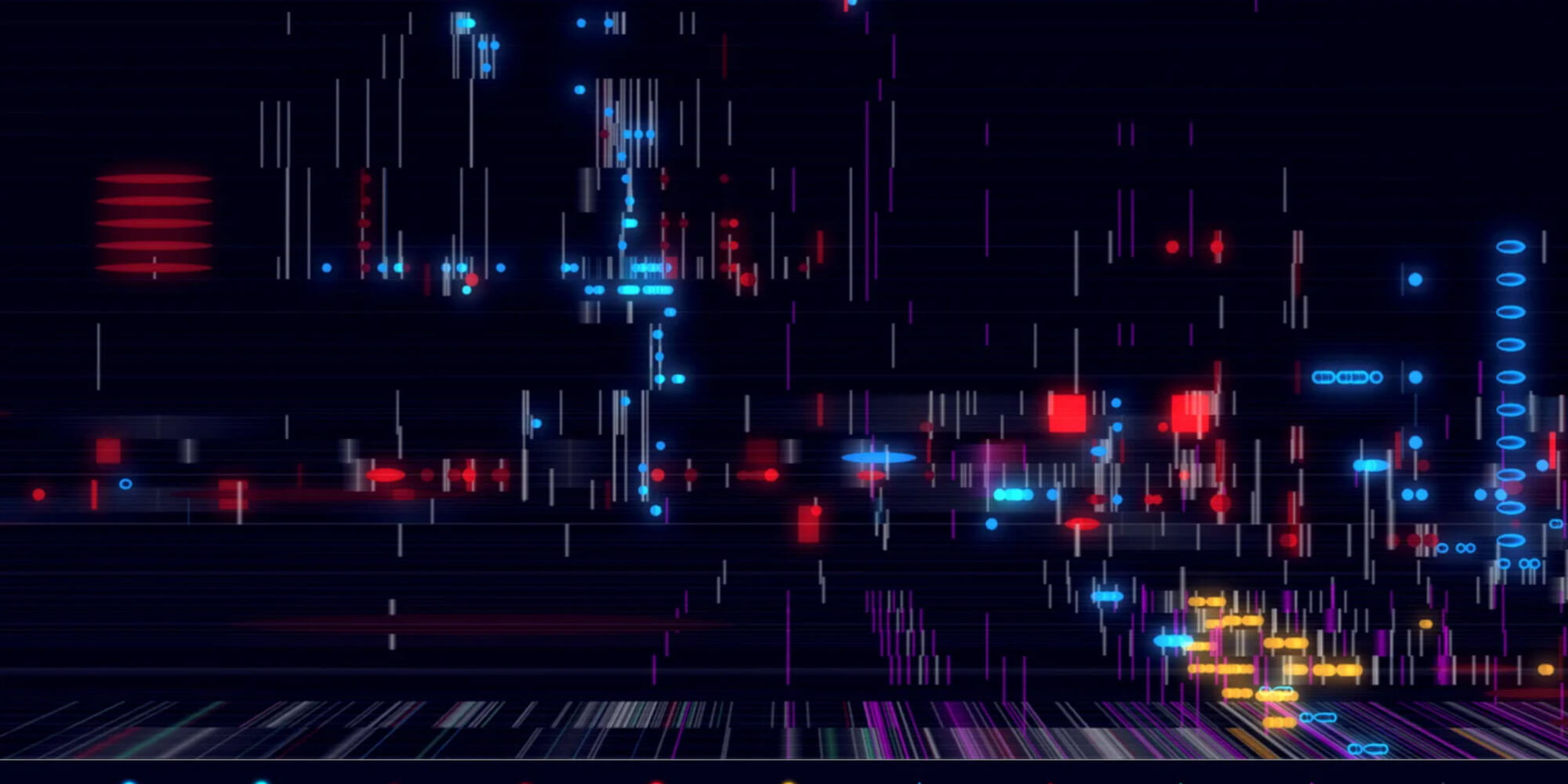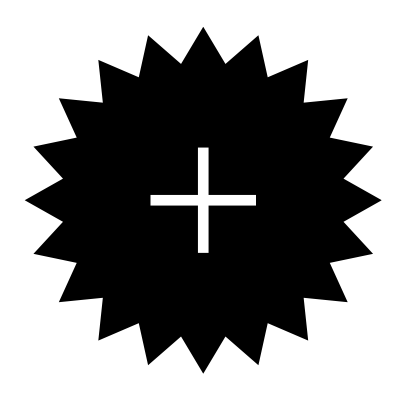Honorary Mention
https://www.digitalviolence.org
Mit „Digital Violence: How the NSO Group Enables State Terror” widmet sich das Künstlerinnenkollektiv „Forensic Architecture“ der Malware Pegasus. Die von der israelischen Cyberwaffenfirma NSO Group entwickelte Software wird weltweit gegen (Menschenrechts-)Aktivistinnen und Journalistinnen eingesetzt, „Forensic Architecture“ wollen Ausmaß und Auswirkungen verdeutlichen. Sie entwickelten eine navigierbare digitale Plattform, auf der sie in zahlreichen Videos die Geschichten von Personen erzählen, die mit Pegasus ins Visier genommen wurden. Für ihre umfangreiche Recherche nahmen sie Filmemacherin Laura Poitras mit ins Boot, die mit Aktivistinnen aus Saudi-Arabien, den Vereinigten Arabischen Emiraten, Marokko, Indien, Palästina, Ruanda, Mexiko und Togo Interviews führte. Darüber hinaus wurden Ermittler*innen von „The Citizen Lab“ und “Amnesty International“ sowie Whistleblower Edward Snowden und Musiker Brian Eno engagiert, um die globale Landschaft der heutigen Cyber-Überwachung zu kartieren. Mit „Digital Violence“ haben „Forensic Architecture“ zum ersten Mal NSO-bezogene Aktivitäten weltweit erfasst, neue Zusammenhänge zwischen digitaler und physischer Gewalt aufgezeigt und die Art und Weise offengelegt, in der sich die digitale Infektion wie eine Ansteckung innerhalb von Netzwerken und persönlichen Beziehungen bewegt.

Credits
Forensic Architecture in collaboration with Laura Poitras/Praxis Films
Forensic Architecture Team:
Eyal Weizman, Shourideh C. Molavi, Nathan Su, Lola Conte, Zac Ioannidis, Sergio Beltrán-García, Natalia Orendain, Riley Cavanaugh, Lachlan Kermode, Nour Abuzaid, Ariel Caine, Christina Varvia, Robert Trafford, Elizabeth Breiner
Data Sonification: Brian Eno
Narration: Edward Snowden
Editing Assistance: Sarah Su (Sound), Bethany Edgoose (Video)
With support from:
The Citizen Lab, Amnesty International
Additional Support:
Eyebeam Center for the Future of Journalism, CyberPeace Institute
https://vimeo.com/561276293
https://vimeo.com/568474572
https://vimeo.com/561278207
Biography
Forensic Architecture (FA) is a research agency based at Goldsmiths, University of London, investigating human rights violations committed by states, police forces, militaries, and corporations using pioneering spatial and architectural analysis and open source investigation techniques. FA works in partnership with institutions across civil society, from grassroots activists and legal teams to international NGOs and media organisations, to carry out investigations with and on behalf of communities and individuals affected by conflict, police brutality, border regimes, and environmental violence.
Jury Statement
When most people think of weapons used in human rights violations and the conflict zones where they happen, the images that often come to mind are of tanks, bombs, missiles, or guns in locations far away from home. But as the research agency and investigative art collective Forensic Architecture has shown with this platform, contemporary societies are now threatened by an invisible, complex, and borderless kind of violence deeply tied to the massive scale of real-time surveillance, enabled by spyware that can spread across billions of so-called “smart” devices: digital violence. In order to address this rapidly growing threat, it is key for everyone interested in addressing human rights violations, from journalists to lawyers, to have tools to better understand how these digitally-driven forms of violence operate and to collectively observe, analyze, and discuss the hidden connections between events, victims, their stories, geopolitical shifts, and power circles across time and territories. Through their evolving architectural analysis and digital modelling techniques, as well as their interdisciplinary collaborations with artists, whistleblowers, activists, journalists, and academic researchers, Forensic Architecture has been able to create an inspiring large-scale, open, and sophisticated artistic-legal resource on top of a robust yet accessible set of evidence, achieving what great art does best: making visible the invisible and translating complexity into clarity while challenging power structures and holding them accountable.



